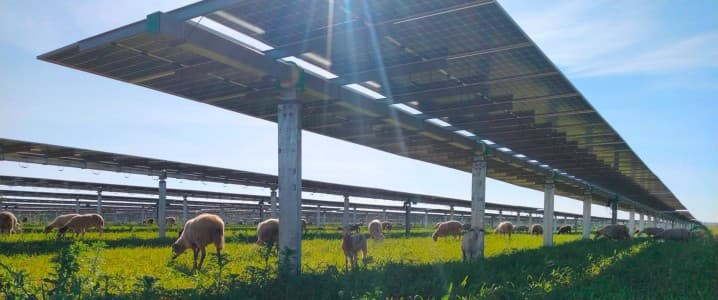In a dramatic final push, the Biden administration’s Energy Department, particularly its Loan Programs Office (LPO), unleashed an unprecedented surge of nearly $42 billion for green energy projects in just its last two working days. This frenetic activity on January 16 and 17, 2025, capped an extraordinary spending binge that saw the LPO approve a staggering $93 billion in current and future disbursements after the 2024 election, directly placing President Biden’s ambitious climate legacy in a precarious position as former President Donald Trump reportedly targets these significant expenditures.
The sheer scale of this eleventh-hour financial commitment is remarkable, as the $42 billion approved in just 48 hours alone surpassed the total amount the LPO had disbursed over the previous decade. Designed to accelerate the deployment of innovative clean energy technologies and infrastructure, the Loan Programs Office became a pivotal instrument for the Biden administration’s efforts to combat climate change and foster a sustainable economy. This intense period of approvals highlights a determined effort to solidify long-term investments in renewable energy, electric vehicles, and other critical green technologies.
This accelerated spending spree, which gained significant momentum following Vice President Kamala Harris’s defeat in the 2024 election, suggests a strategic maneuver by the outgoing administration to lock in funding for key environmental initiatives before a potential change in leadership. Documents provided by the Energy Department to RealClearInvestigations reveal the extent of these commitments, underscoring the Biden administration’s fervent dedication to its environmental agenda right up to its final moments in office. The intention was clear: to embed these projects deeply into the nation’s economic and energy fabric.
However, the future of these multi-billion-dollar commitments now hangs in the balance. Reports indicate that former President Donald Trump, should he assume office, plans to scrutinize and potentially dismantle these substantial LPO expenditures. Such a move would directly challenge the continuity of these green energy projects, potentially halting progress on critical infrastructure, delaying technological advancements, and creating significant uncertainty for the private sector partners involved in these ventures. The political implications of unwinding these programs are immense, setting the stage for a potential showdown over the direction of American energy policy.
The profound political and economic implications of these massive investments extend beyond individual projects. They represent a fundamental divergence in vision for the nation’s energy future. The Biden administration prioritized a transition towards renewable energy and a low-carbon economy, utilizing significant federal backing to de-risk and accelerate private investment. A pivot under a new administration could not only impact the financial viability of existing projects but also send a chilling signal to global investors about the stability and predictability of U.S. climate policy, potentially undermining long-term efforts to achieve energy independence and environmental goals.
Ultimately, the fate of the Biden administration’s climate legacy, meticulously constructed through these large-scale green infrastructure and technology funding initiatives, rests on the unfolding political landscape. The determination of whether these multi-billion-dollar projects will proceed as planned, face significant revisions, or be entirely rescinded will shape not only the future of renewable energy in the United States but also define the enduring impact of the 2024 election on national priorities. The coming months will reveal whether these last-minute commitments will withstand the political tides or become another casualty of shifting Washington dynamics.
Discover more from The Time News
Subscribe to get the latest posts sent to your email.



